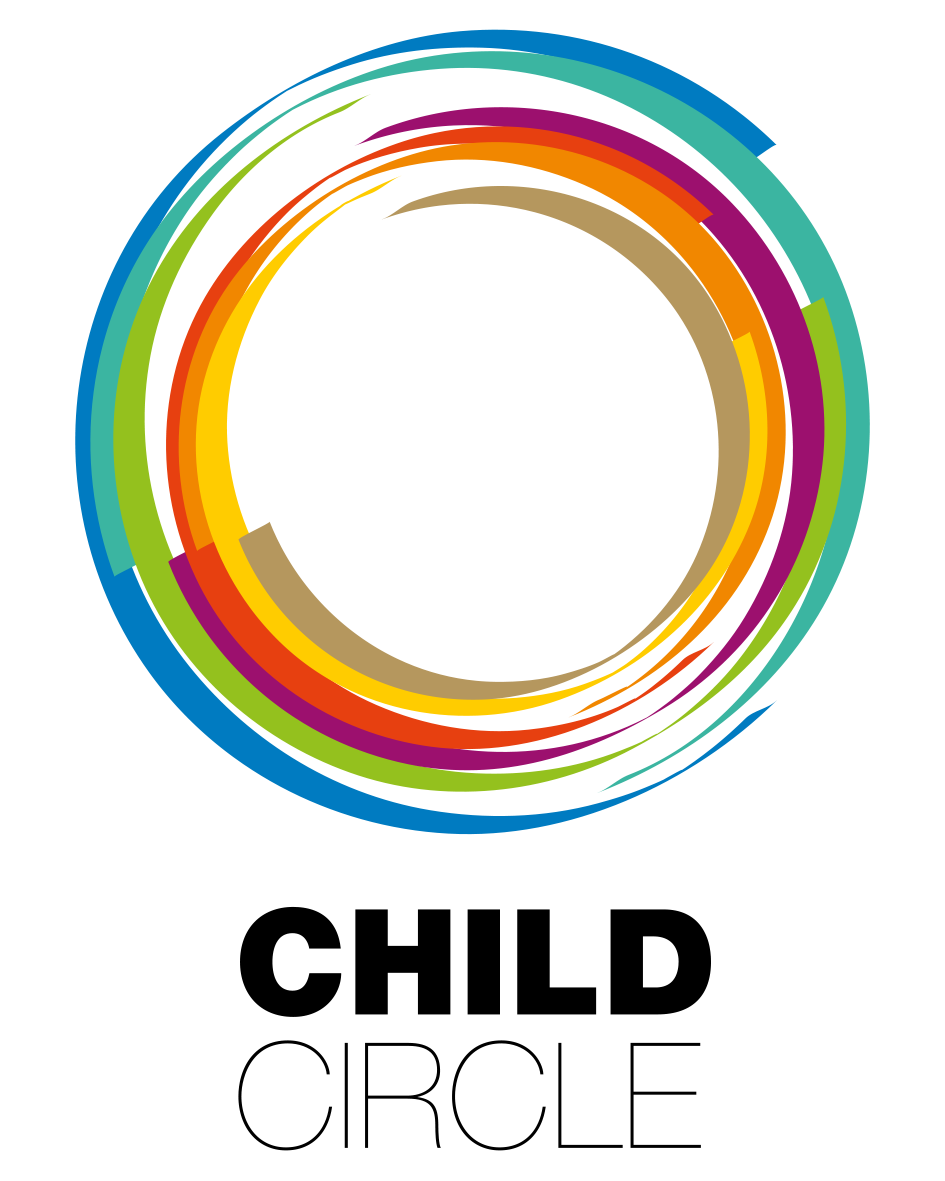Supporting Child Centred Justice for Separated Children in Migration
On October 19th and 20th, the Separated Children in Judicial Proceedings project held a mutual learning & training event amongst legal practitioners, professionals & organisations working on litigation concerning separated children in migration.
In closing, Child Circle talked about the lines the English poet, WH Auden, wrote about a painting in the Beaux Arts museum in Brussels called the Fall of Icarus by Breughel. The poem opens with the words:
“About suffering they were never wrong,
The old Masters: how well they understood
Its human position: how it takes place
While someone else is eating or opening a window or just walking dully along;”
It goes on to say:
In Breughel’s Icarus, for instance: how everything turns away
Quite leisurely from the disaster; the ploughman may
Have heard the splash, the forsaken cry,
But for him it was not an important failure; the sun shone
As it had to on the white legs disappearing into the green Water,
and the expensive delicate ship that must have seen
Something amazing, a boy falling out of the sky,
Had somewhere to get to and sailed calmly on.
In this event, we had talked about children in migration who are separated from their parents. Sometimes these are children who seem to have fallen from the sky and certainly there are children that have surfaced from the water. And we saw also that this happens while most of the world just continues going about its business.
Perhaps most of the world thinks that surely the right procedures and systems must be in place to make sure the child is identified as a child, assisted and protected and that a durable solution is found for them. But what we saw in the course of the event is that lawyers and organisations working with children in justice proceedings often have a mountain to climb to protect them. And as the lawyer Pierre Robert had quoted in his session “limitations on legal aid may be the best migration control measures”.
In closing, Child Circle underlined just a few of the key points in the discussion.
First it is important to understand how laws, which might at first not seem to have direct application, should be applied. This might be the case with certain provisions of the UN CRC which are not always put to the fore in migration cases, such as the right to identity and the right to education. It might also concern how instruments such as the 1996 Hague Convention on parental responsibility and protection of children can be used to put protection measures in place when lawyers and courts work across borders, which was discussed by Philippe Lortie of the Hague Conference.
We saw how it is important to have different actors working together. We saw the role of the guardian in working with the lawyer from the presentation of Germa Lourens of Nidos, and the role of organisations working to try and make connections between lawyers in different jurisdictions, from the presentations of Julie Zelvenska of ECRE, Karolina Babicka of ICJ and Olga Siebert of Safe Passage. The question of the role of cultural mediators was raised in one session and perhaps one of the most important roles they have is helping children understand the role of the actors around them.
And what of the children that don’t land here but perhaps seem to be “catapulted” out of Europe, in certain return cases, such as the recent deportation to Afghanistan mentioned by one panelist? A national court might be tempted to decide that there should be no appeal where the child has disappeared from view on return to the country of origin. This might bring into play the ruling an exceptional case mentioned by Judge Bianku of the European Court of Human Rights in his keynote speech in which the Court found that a NGOs can represent people with disabilities who died due to violations of their rights, when there was no one else to seek justice on their behalf. Where a child has been returned, should there not be a way to seek justice on their behalf by ensuring the guardian or another organisation can continue the appeal?
After two days, we were left with much food for thought from excellent contributions from Michelle Levoy of PICUM, Samuel Boutruche of UNHCR, Isabella Atanasiu and Margaret Tuite of the European Commission, Benoit Van Keirsbilick of DCI Belgium, Silvie Sarolea of the University of Leuven and Pierre Robert of Dayez avocats, Nadine Finch, Elena Rozzi (ASGI), Nuala Mole & Markella Papadouli of the AIRE Centre and Judge Ledi Bianku of the European Court of Human Rights, all with the support of Luc Van der Brande of the Committee of the Regions.
Thanks to all from Rebecca & Olivia at Child Circle and from all the other partners of the Separated Children in Judicial Proceedings project, which is led by the AIRE Centre, with Rosa and the UCC Child Law Clinic.

